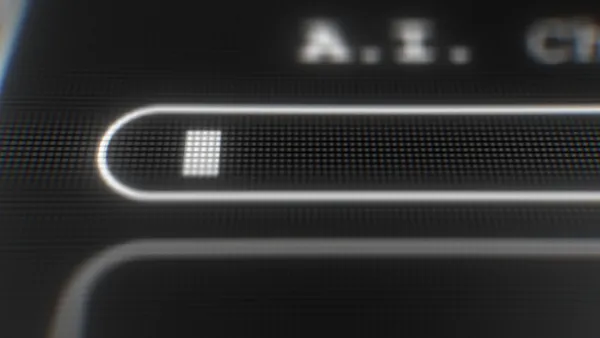Dive Brief:
- Some schools are abandoning broadband, increase their connectivity by using fiber network, in some cases increasing connection speeds tenfold.
- In New York and New Jersey, through the Middlesex Regional Education Services Commission (MRESC) purchasing cooperative, schools are able to gain access to affordable high-bandwidth data services.
- Demands for faster conductivity and increased bandwidth include online standard testing, 1:1 initiatives and other ed-tech programs now being rolled out in some classrooms.
Dive Insight:
Districts looking to save on internet bills while boosting speed may want to keep an eye on the nonprofit EducationSuperHighway's new Compare & Connect K-12 platform, which was released in beta this January. The online platform gives districts a way to compare and contrast broadband Internet pricing and bandwidth information across the U.S., and allows them to see where gaps exist.
A previous study released by EducationSuperHighway, the “2015 State of the States,” found that 77% of school districts have Internet speeds of 100 kbps per student,meeting the FCC’s definition for a speed “sufficient” for digital learning, while 21 million American K-12 students still lack adequate Internet access. Cost remains the number one barrier to connectivity, and by teaming up to negotiate, districts can secure the lowest possible cost.





 Dive Awards
Dive Awards







